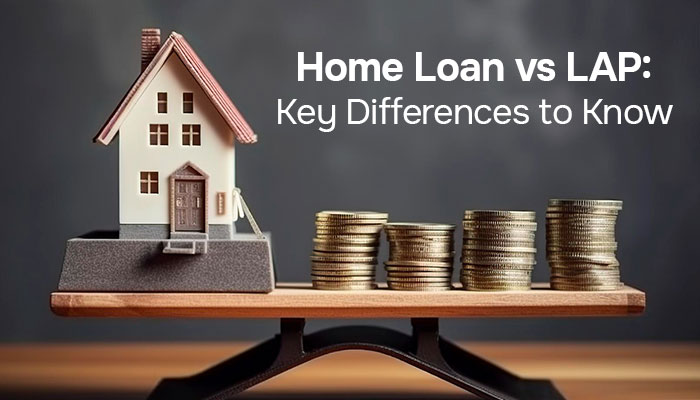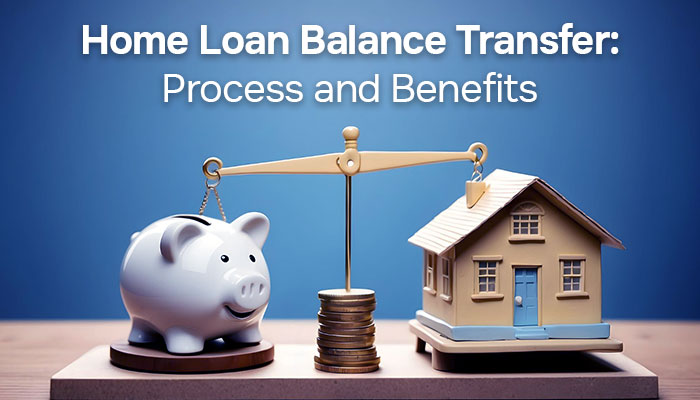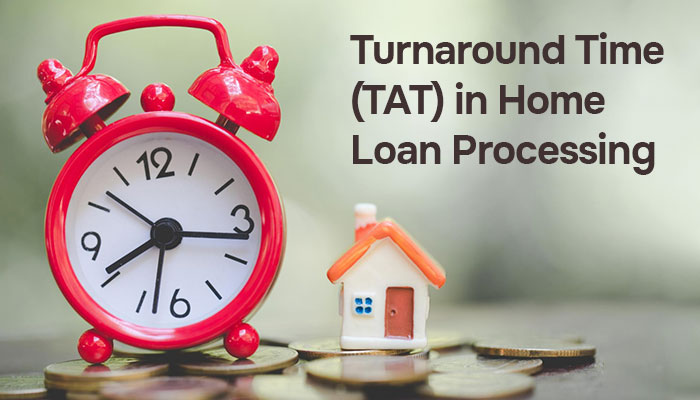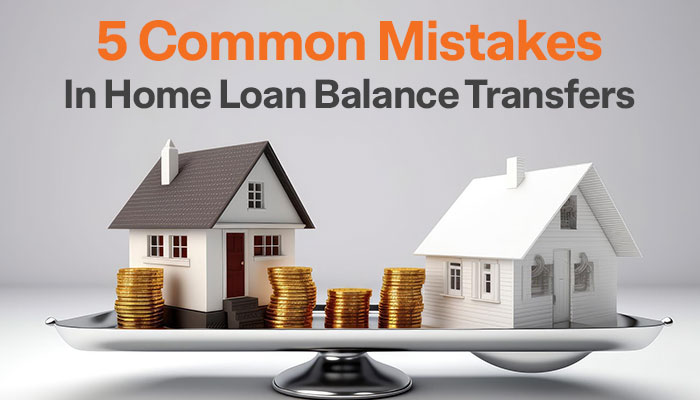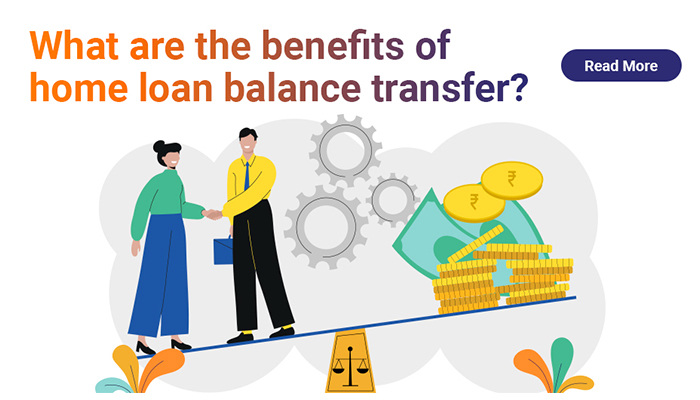A Quick Guide to Buying a Home for the First Time

Buying a dream home is a life goal for countless number of people. At a very early stage of their financial advancement, people begin to save to buy their own home. When we think about our own homes, we ponder about a good location, the cost of the property, its proximity, the lifestyle and the community space along with many other things.
Here’s a quick guide for first-time home buyers on what they should look at first to be able make their house purchase.
Managing and Organising Funds
You should make an adequate balance between savings and debt while making a decision to purchase a home.
The general mindset is always inclined to pay the majority of the price by disposing off investments. However, whenever you are making a big financial investment, you should be guided by one mantra: “Never dilute all your savings”.
A property investment has low liquidity. Please ensure that you are always parked with adequate liquidity to manage adverse situations.
Now, before stepping into the loan market, you need to have a fair idea of how much loan you are eligible for. Eligibility is broadly based on two parameters: property value and income.
-
1. Income Eligibility: The lender will consider your monthly income to be an obligation to calculate your eligibility based on your net earnings.
-
2. Property Eligibility: As per the Reserve Bank of India (RBI) norms, a loan should be restricted to the market value of the property. Loan as a ratio of market value is called loan to value (LTV).
The LTV allowed as per RBI guidelines is:
-
1. For loan value up to INR 30 lakh: 90%.
-
2. For loan falling in the band of INR 30 lakh to INR 75 lakh: 80%.
-
3. For loan greater than INR 75 lakh: 75%.
However, considering the risk associated with a transaction, the lender at their discretion can reduce the LTV ratio below the RBI norms as well. Lower of the above two is considered as your final eligibility.
There are miscellaneous other crucial parameters that are examined while appraising a loan which includes the credit score, business profile, age of customer, age of the property and several more. Each of them are highly significant and might act as a decisive factor for your loan.
If your credit score is low meaning an earlier default is attached to your credit history, lenders will desist from extending the loan. Normally a credit score above 700 is considered to be of prime segment.
Similarly, a lower age like below 21 or higher age band like more than 60 is usually a deterrent for loan.
However, the above mentioned eligibility criteria only provides a rough idea of how a lender generally decides for loan eligibility. There are several other grounds which a lender may consider for income eligibility calculation.
Associated Costs
The price associated with the property is more than what is quoted by the seller. The most extensive charges include Goods and Services Tax (GST) charges, stamp duty charges and registration fees.
Biggest expense associated is the stamp duty cost. Stamp duty cost ranges from 5%-10%. Stamp duty is variable to various factors including location of the property, age of the owner, gender etc.
The federal government has given various concessions to senior citizens and female owners. There are even states providing allowances based on urban and rural locations.
Apart from the same, there is a registration fee which is generally 1% of the property value.
Another major cost is GST. There are various slab rates for GST. As per current slab rates, there is no GST applicable on completed properties where the construction certificate has been received and for resale of properties. GST rate is 1% for affordable projects, and 5% for other than affordable projects.
Government Schemes and Benefits
There are several ways through which the Government of India has assisted the citizens in buying their own home.
PMAY (Pradhan Mantri Awas Yojana)
As per the scheme, there is an interest subsidy ranging from 3% to 6.5% provided to the people falling in the annual income bracket up to INR 18 lakh on their purchase of first residential property.
Categorization under PMAY scheme is as below:
-
EWS
Upto 3 lakh
6.50%
6 lakh
LIG
3-6 lakh
MIG-I
6-12 lakh
4.00%
9 lakh
MIG-II
12-18 lakh
3.00%
12 lakh
The most fascinating fact is that for EWS and LIG, it is mandatory to have a women co-borrower to avail the benefits of the subsidy. Earlier, we had even mentioned about the stamp duty benefits for women owners.
This subsidy amount is directly adjusted from the loan outstanding once the same is approved by the regulatory body.
Let’s again understand it with an example.
If I take a home loan for INR 9 lakh at the rate of 10% and I fall in the EWS category; I can avail interest subsidy at the rate of 6.5% for a loan value of INR 6 lakh. The same will be INR 2.67 lakh.
Now, the subsidy amount will be reduced from my outstanding loan amount on the date of approval (example: on the date of approval, outstanding loan was INR 8.9 lakh, then post adjustment, my loan would be INR 6.23 lakh (INR 8.9 lakh – INR 2.67 lakh).
Tax Benefits
There are enormous tax benefits provided to a home loan borrower. Few of them have been listed below. Though, there are certain limitations and conditions attached with each deduction, highlights of the benefit have been briefed out below:
Deduction Under Section 80C
Under Section 80C, you can get a benefit of up to INR 1.5 lakh for the principal repayment of the loan.
Deduction under Section 24
Under Section 24, you can claim a deduction of INR 2 lakh on their home loan interest.
Deduction under Section 80EEA
Under Section 80EEA, you can claim an additional deduction of INR 1.5 lakh over and above INR 2 lakh on your home loan interest. This additional deduction benefit is only for first-time home buyers. Note: Section 80EEA deduction is applicable only for loans sanctioned between April 2019 to March 2022.
Long-term Capital Gain Exemption
Though this exemption is not beneficial for a first time buyer, there are multiple LTCG exemptions provided in law on purchase of a residential property.
Tags
Disclaimer: The information contained in this post is for general information purposes only. IIFL Home Finance Limited (including its associates and affiliates) ("the Company") assumes no liability or responsibility for any errors or omissions in the contents of this post and under no circumstances shall the Company be liable for any damage, loss, injury or disappointment, etc. suffered by any reader. All information in this post is provided "as is", with no guarantee of completeness, accuracy, timeliness, or of the results, etc. obtained from the use of this information, and without warranty of any kind, express or implied, including, but not limited to warranties of performance, merchantability, and fitness for a particular purpose. Given the changing nature of laws, rules, and regulations, there may be delays, omissions, or inaccuracies in the information contained in this post. The information on this post is provided with the understanding that the Company is not herein engaged in rendering legal, accounting, tax, or other professional advice and services. As such, it should not be used as a substitute for consultation with professional accounting, tax, legal or other competent advisers. This post may contain views and opinions which are those of the authors and do not necessarily reflect the official policy or position of any other agency or organization. This post may also contain links to external websites that are not provided or maintained by or in any way affiliated with the Company and the Company does not guarantee the accuracy, relevance, timeliness, or completeness of any information on these external websites. Any/ all (Home/ Loan Against Property/ Secured Business Loan/ Balance Transfer/ Home Improvement Loan/ NRI Home Loan/ Home Loan for Uniformed Services) loan product specifications and information that may be stated in this post are subject to change from time to time, readers are advised to reach out to the Company for current specifications of the said (Home/ Loan Against Property/ Secured Business Loan/ Balance Transfer/ Home Improvement Loan/ NRI Home Loan/ Home Loan for Uniformed Services) loan.
 Login
Login








